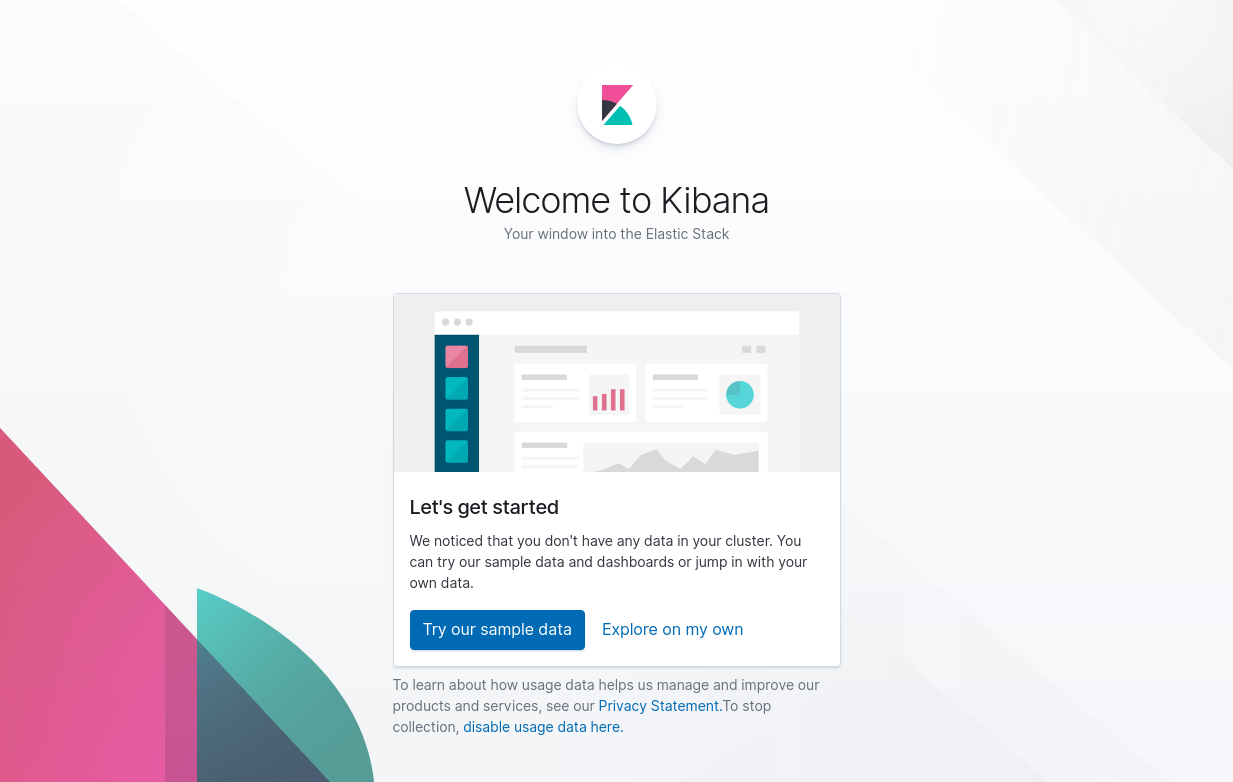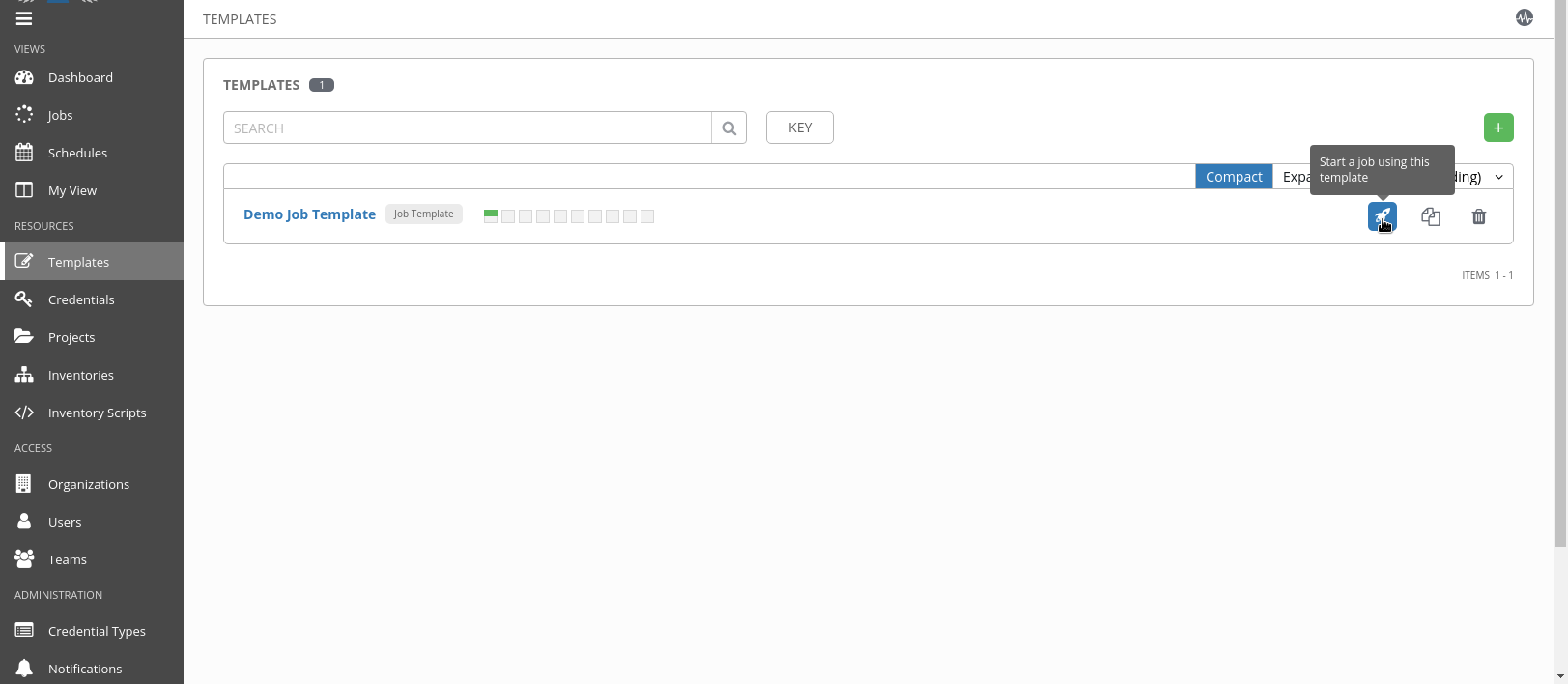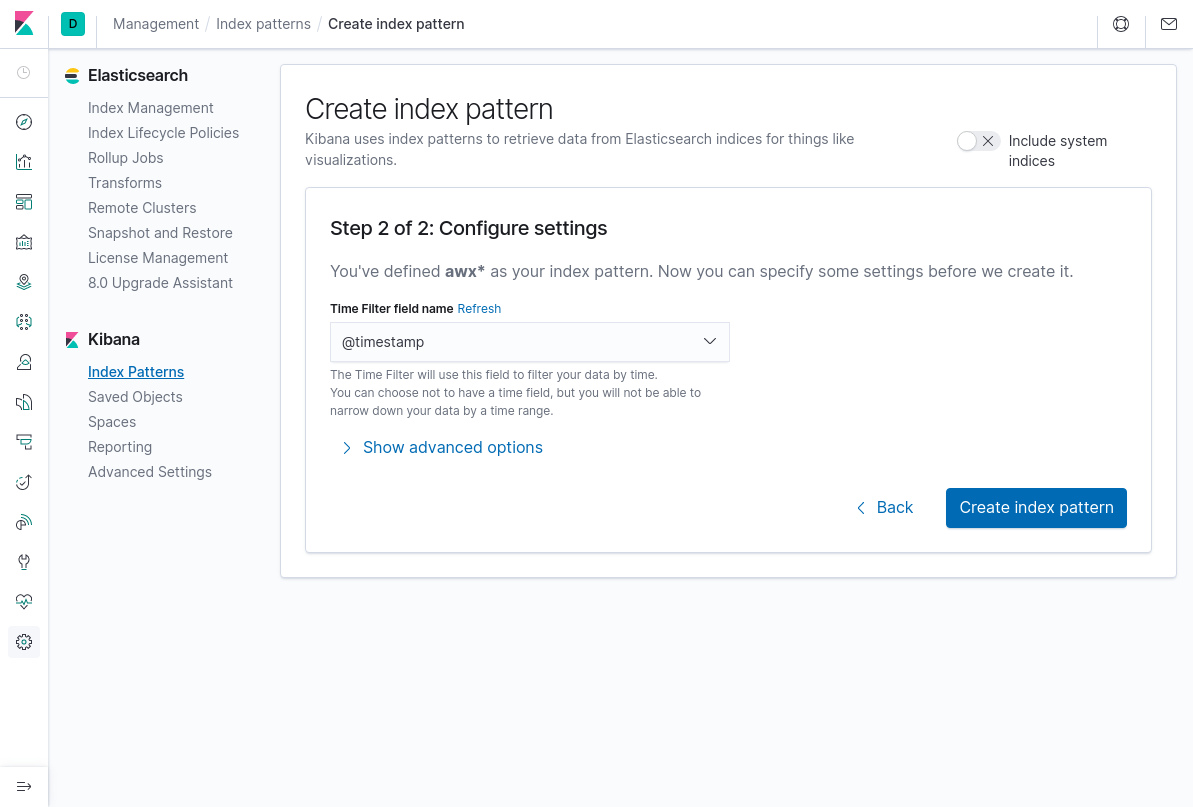AWX on Kubernetes with ELK to create reports
I love Kubernetes and Ansible. Both are some of the 10 most popular Open Source projects in github in 2019. That is why I wanted to give it a try to deploy ansible awx in kubernetes, along with an ELK stack (Elasticsearch, Logstash and Kibana), to store playbook information and create some nice dashboards.
There are several ways to extract information from AWX. You can see some of them if you prefer the ELK stack in the following picture.
We are exploring the solid line path, where awx sends through the external logger to ELK.
Installation
First, we need to set up all the pieces.
Kubernetes
A Solution Architect is like a Chef: selects the ingredients bearing in mind the final taste of the course. In this case, we need a base for our pizza, and kubernetes distribution is my favourite selection.
You can use whichever option you want, either managed or deployed by yourself. Minikube or Kind are easy choices if you have a decent laptop and don’t want to spend too much on a first try.
I redirect to those pages to set up a kubernetes cluster if you want that option, with an ingress controller and a wildcard A DNS record for the ingress. From now on, I will assume you have a fully functional cluster to deploy on top of it. I will use a minikube for sample values, with the ingress plugin (nginx) deployed on it. I also use dnsmasq to set up a wildcard domain, I set up resolution *.minikube.cloud for my minikube, but if you don’t know how to do it, I recommend using ingress-dns plugin.
AWX
Now, clone the repo https://github.com/ansible/awx/, or download a release from https://github.com/ansible/awx/releases/. Go to the installer folder, where there is a playbook for installing awx on kubernetes or openshift.
Then, you will have to set up different values in the inventory. The only property that needs to be changed is kubernetes_context. If you don’t know the cluster context, you can run kubectl config get-contexts to list them, or use kubectl config current-context to know your current one.
kubernetes_context=minikube
You can go through all of them (some are for kubernetes, some for openshift and some for docker-compose). For example, the postgresql pg_volume_capacity, that defines volume capacity in GB.
pg_volume_capacity=1
And last but not least, I will configure the ingress hostname/annotations to set up the access to awx management console. In my case, I will use a name in my wildcard dns:
kubernetes_ingress_hostname=awx.minikube.cloud
Once the values are set, it is just to execute the ansible playbook to install awx:
ansible-playbook -i inventory install.yaml
After some time, you will have an awx instance up and running, to check it works, connect to the <kubernetes_ingress_hostname> with <admin_user>/<admin_password> credentials defined on your inventory.
ELK
To deploy ELK stack on your kubernetes cluster, we will use the official helm charts from https://github.com/elastic/helm-charts. we clone that repository locally.
Elasticsearch
For elasticsearch, let’s just reduce the number of replicas and storage to fit in a small testing environment. Our custom values.yaml could be:
replicas: 1
minimumMasterNodes: 1
esConfig:
elasticsearch.yml: |
node.store.allow_mmap: false
volumeClaimTemplate:
accessModes: [ "ReadWriteOnce" ]
resources:
requests:
storage: 2Gi
ingress:
enabled: true
annotations:
kubernetes.io/ingress.class: nginx
path: /
hosts:
- elasticsearch.minikube.cloud
sysctlInitContainer:
enabled: false
Now, we can deploy our elasticsearch:
helm install elasticsearch <helm-charts>/elasticsearch -f values.yaml -n awx
After some time, if everything is ok, calling the ingress for elasticsearch you should get something like:
{
"name" : "elasticsearch-master-0",
"cluster_name" : "elasticsearch",
"cluster_uuid" : "qsz8ZKXcTBKf5QZE5ZHyew",
"version" : {
"number" : "7.6.2",
"build_flavor" : "default",
"build_type" : "docker",
"build_hash" : "ef48eb35cf30adf4db14086e8aabd07ef6fb113f",
"build_date" : "2020-03-26T06:34:37.794943Z",
"build_snapshot" : false,
"lucene_version" : "8.4.0",
"minimum_wire_compatibility_version" : "6.8.0",
"minimum_index_compatibility_version" : "6.0.0-beta1"
},
"tagline" : "You Know, for Search"
}
Kibana
We can deploy a helm chart with the same approach as elasticsearch. I will only adapt the ingress hostname:
ingress:
enabled: true
annotations:
kubernetes.io/ingress.class: nginx
path: /
hosts:
- kibana.minikube.cloud
As before we execute:
helm install kibana <helm-charts>/kibana -f values.yaml -n awx
After that, when the kibana pod is healthy, we can see the initial screen.

Logstash
We will use the same approach (helm) done with elasticsearch and kibana. We need to define the logstash pipeline that receives the messages and store them in elasticsearch.
logstashConfig:
logstash.yml: |
http.host: 0.0.0.0
xpack.monitoring.enabled: false
logstashPipeline:
logstash.conf: |
input {
http {}
}
filter {
json {
source => "message"
}
}
output {
elasticsearch {
hosts => ["http://elasticsearch-master:9200"]
index => "awx"
}
}
service:
type: ClusterIP
ports:
- name: http
port: 8080
protocol: TCP
targetPort: 8080
And then:
helm install logstash ~/git/helm-charts/logstash -f values.yaml -n awx
Once the pod is ready, we can now configure awx to use the external logging.
Setup
Configuring logstash external logger in AWX
The configuration is fairly simple, and described in the product version of awx, ansible tower. We will setup the logstash service, host http ://logstash-logstash, port 8080. There are five different loggers, for this example I will select job_events which tracks tasks in a job. I will also check log system tracking facts individually, so if a task is executed on several hosts, we will receive a log per host and not an aggregated one.

Click on test, and if everything is ok, you will receive a success, and then you can save the configuration.
Test
Run a sample playbook
AWX comes with a sample Hello World job template. For this demo, we will use it, but you can configure any other playbook to create some nice reports.
Let’s execute this sample playbook:

When the run is complete, the output should be something like:

See the results in Kibana
At this point, we have some data stored in elasticsearch with an auto created index called awx. We have to create a kibana index to explore the data:
Step 1:

Step 2:

Now, we are ready to play with the data. Remember to adapt the time window for the search to the one that is relevant. If the search gives no records, this is the first thing to check. An example query for the previous playbook run is shown in the following picture.

Notes
AWX has moved to a syslog omhttp buffer-based remote sender on https://github.com/ansible/awx/pull/6108. Before that PR, the implementation was a fire & forget direct http connection to logstash.
Ansible stdout (not the output of the task) is stored in _stdout field. Not every record has this field.
Ansible message is parsed in logstash as a json tree. Some messages are plain text, that cannot be parsed as json, logstash will add “tags:_jsonparsefailure” to those messages, if no further preprocessing is done in logstash.
Json can include fields with invalid identifiers, (like “hostvars[inventory_hostname]”), that message will throw an exception at logstash and will only send the other fields in the message (like job number, etc). See previous note.
Some facts or custom-made messages can introduce fields, that even being valid in json format, are not valid for elasticsearch auto-indexing. An example shown here, happens for example with version_info in python facts, that sometimes is like
“version_info”: [ 3, 6, 8, “final”, 0 ]
Which is not valid for elastic, mixing long and string values. A good approach is pre-creating the index, with mapping rules that fixes those type issues.